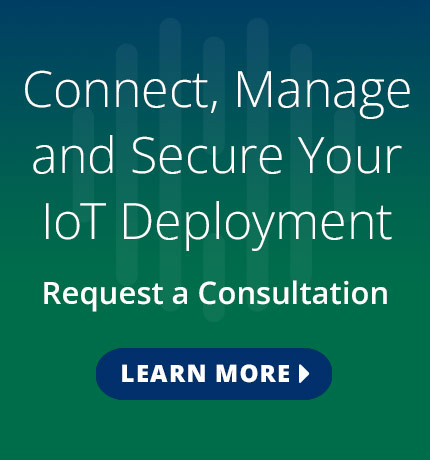
What Is Zigbee?
Zigbee is a technical standard based on IEEE 802.15.4. It is a set of communication protocols to create wireless computer networks to interconnect small, low-power electronic devices. Zigbee’s short-range radio frequency technology allows devices to interact in close-proximity residential or commercial environments.
Where Did It Get Its Name?
Some believe Zigbee got its name from the zigzag or waggle technique honeybees use to communicate the location of food sources to the colony.
Another explanation is that the technology was named after Zbigniew Brzezinski (nickname Zbig). He was a Polish-American geopolitical advisor to presidents Jimmy Carter and Barack Obama. Brzezinski authored the book, “Between Two Ages: America’s Role in the Technetronic Era.”
Who Developed the Technology and Why?
Recognizing the limitations of Wi-Fi and Bluetooth® wireless technology, Zigbee was developed as a cost-effective and simple-to-use protocol alternative. The technology standard was developed in 1998 after Bluetooth technology (1994) and Wi-Fi (1997). However, it took off in 2002 when several technology companies joined to establish the Zigbee Alliance.
The Zigbee Alliance aimed to simplify and harmonize the Internet of Things (IoT). Its purposes include:
- Managing the standard
- Promoting Zigbee’s usage
- Distributing application profiles companies use in their IoT technology products
Zigbee Alliance Rebrand
In May 2021, the Zigbee Alliance rebranded itself as Connectivity Standards Alliance (CSA). At the same time, they announced a second brand, Matter, formerly known as Project Connected Home over IP (CHIP).
According to an issued press release, “The newly developed Matter mark will serve as a seal of approval, assuring that any object built on this standard is reliable by nature, secure by design, and compatible at scale. The Alliance will continue to develop Zigbee technology and will retain the Zigbee technology brand.”
How Does It Work, and What Are the Benefits?

Zigbee uses a low-power mesh network of multiple nodes that allow devices to communicate and exchange information. It aims to get the data back to a central hub or gateway. Its devices operate in the unlicensed industrial, scientific and medical (ISM) radio bands. These bands are 2.4 GHz in most regions and countries for most Zigbee devices for home use.
This standard is used for larger data transfers and applications requiring a low-power network. Bluetooth wireless technology is used for small data transfers between devices up to 10 meters apart. In contrast, indoor Zigbee devices can communicate over 70 to 100 meters.
Compared to the better-known Wi-Fi and Bluetooth technology, this protocol is less costly, easier to use and more secure for data communication. It also has some valuable self-healing and routing technologies within it. Whether data goes left, right, up or down, it will find its way back to the data collection point efficiently.
What Are Typical Zigbee Use Cases?

Typical use cases include:
- Building and home automation
- Smoke, fire and security alarm systems
- Medical data collection
- Industrial control systems
- Smart energy and utilities
- Embedded sensing
- Remote wireless microphone configuration
What Are Typical Devices?
Common devices that support this protocol include:
- Smart speakers with AI assistants
- Security systems and smart locks
- Smart thermostats
- Wireless control outlets
- Smart lightbulbs
IoT Modules Ensure Secure Data Delivery for Zigbee Devices
Secure data delivery begins with secure IoT modules. Our secure IoT modules are inside many gateways or central hubs. Whether you are connecting via Wi-Fi or cellular gateway, our technology ensures that data from Zigbee devices is delivered securely to the cloud or back to the customer server.
Our IoT solutions also play an important part in Zigbee-enabled smart utility and energy metering solutions that leverage cost-efficient LTE-M and narrowband IoT (NB-IoT). We enable customers to deploy wireless technology worldwide and select Zigbee or other private wireless protocols moving to cellular. As a result, customers can scale and benefit from carrier-deployed networks.
Speak with our IoT experts to learn how we can support your Zigbee deployment.
Request a Consultation
